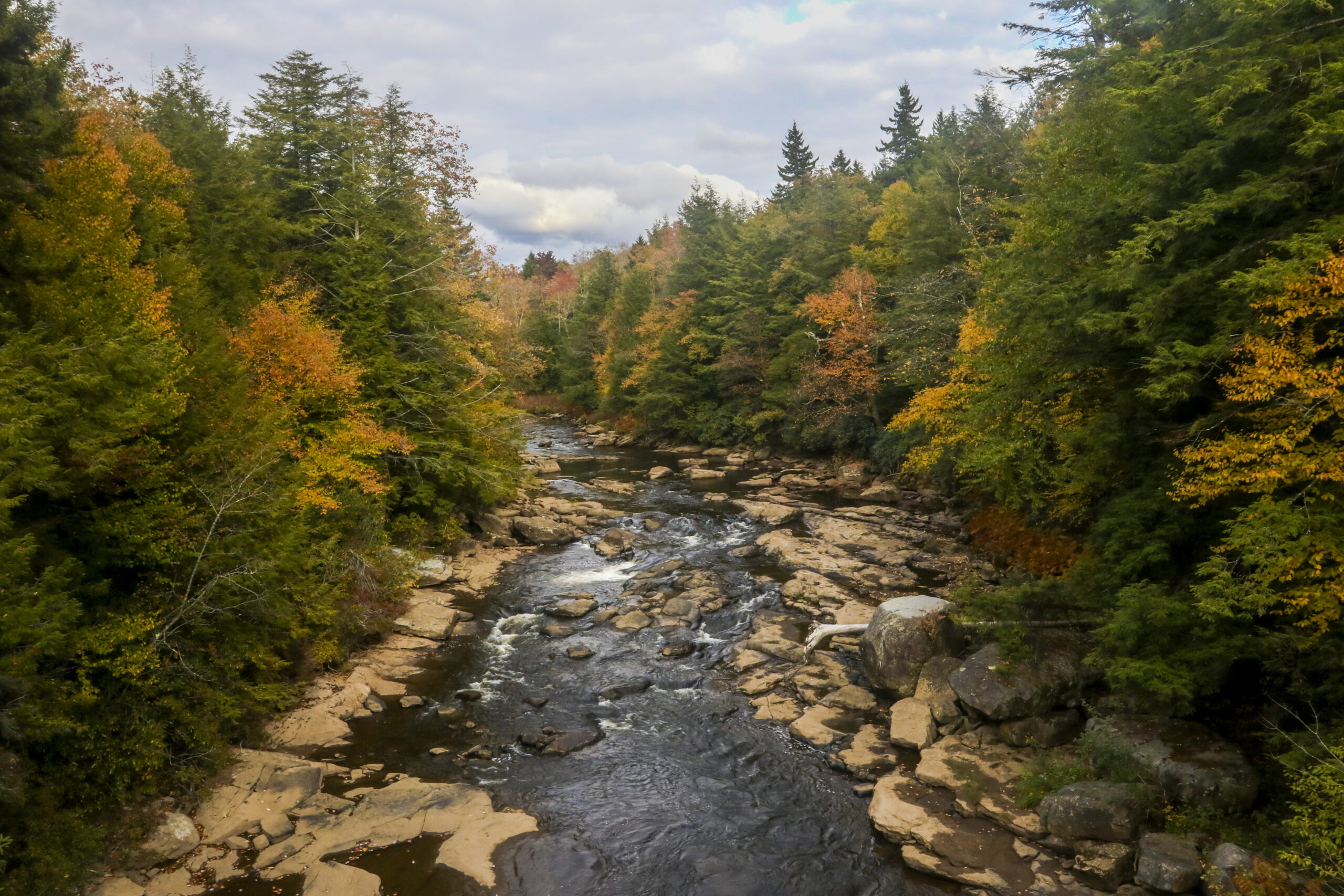COMMENTARY BY DR. DAVE SAMUEL
Dogs sniff out predator kill sites
We all know that dogs have better sniffers than we do. A study done in Michigan compared human technician’s ability to find predator kill sites to dogs sniffing out such sites. They were detecting kill sites of bobcats, coyotes, wolves and black bears. Indeed the dogs won out. They found prey remains at twice as many sites in 40% less time. Furthermore, once sites are found, technicians miss about half of the prey remains that dogs find.
Lead poisoning kills condors
Last summer’s fires in central California killed at least 13 condors. However, lead poisoning kills more. Of 13 other condor mortalities, lead poisoning killed at least nine and maybe two more. Condors eat dead deer carcasses and gut piles left by hunters and the hunters use lead bullets. The good news is that the percentage dying from lead poisoning is stable and the condor population is growing.
Cameras catch poachers
Most states don’t have enough law enforcement officers to catch all poachers. Washington is a big state and they are using trail cameras to catch poachers.
One region uses six cameras placed where officers believe illegal activities are occurring.
They monitor the cameras on their cell phones and can respond as poaching happens. The recordings can then become part of a criminal case file.
The cameras have led to arrests from various illegal activities including suspected hunting violations, trapping violations, commercial and recreational fishing, and timber theft (a growing problem everywhere).
Environmental DNA increases knowledge of water species
In the last 20 years, the use of environmental DNA in detecting aquatic species has exploded.
DNA is the hereditary material in organisms, and it differs for each species.
Once DNA detections methods were developed it opened up cheaper methods to monitor and assess freshwater species. For example, there is a frog, the yellow-legged frog, which is endangered in California’s Sierra Nevada Mountains. Researchers first went to lakes where they knew the frogs were found and sampled frog DNA in the water.
Then they surveyed lakes from a variety of areas and thus, documented where these endangered frogs could be found. Without the use of environmental DNA, finding these frogs would be impossible.
Such an approach can be used for many aquatic species where the range is not known. Even a single DNA molecule and thus a species in a stream can be detected. One internet description stated that if there was just a single trout in 109 yards of stream, there was an 85% chance it would be detected from an environmental DNA sample.
And using DNA sampling saves money. You don’t have to see or capture the animal to know it is there. One person can take one water sample and learn a lot about what is in a stream or lake. This technique also allows biologists to find where invasive species exist. If they do some type of removal of invasive species, they can now determine how successful such efforts were.
Using environmental DNA is revolutionizing how we monitor and assess freshwater organisms. And apparently researchers have just scratched the surface.




